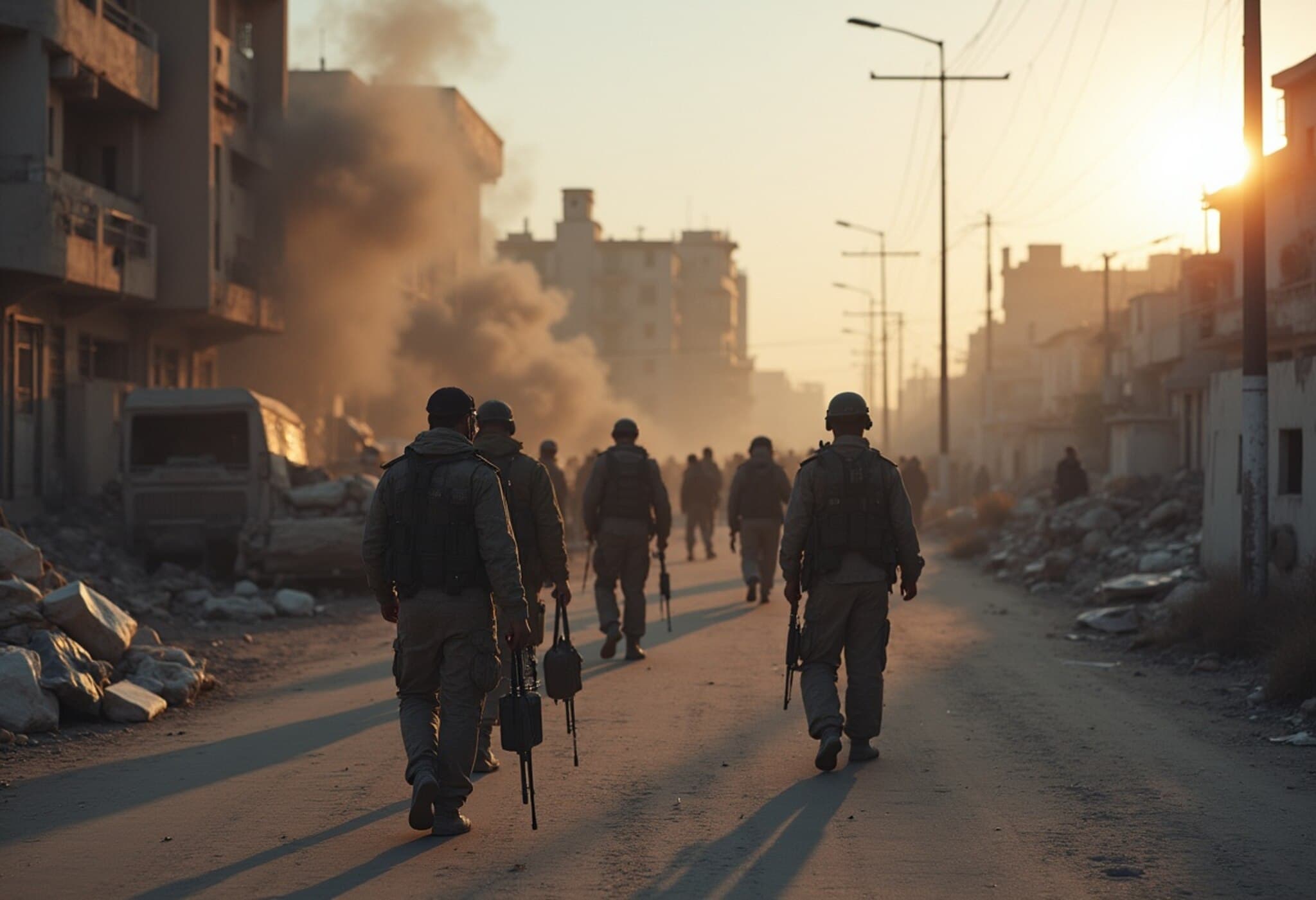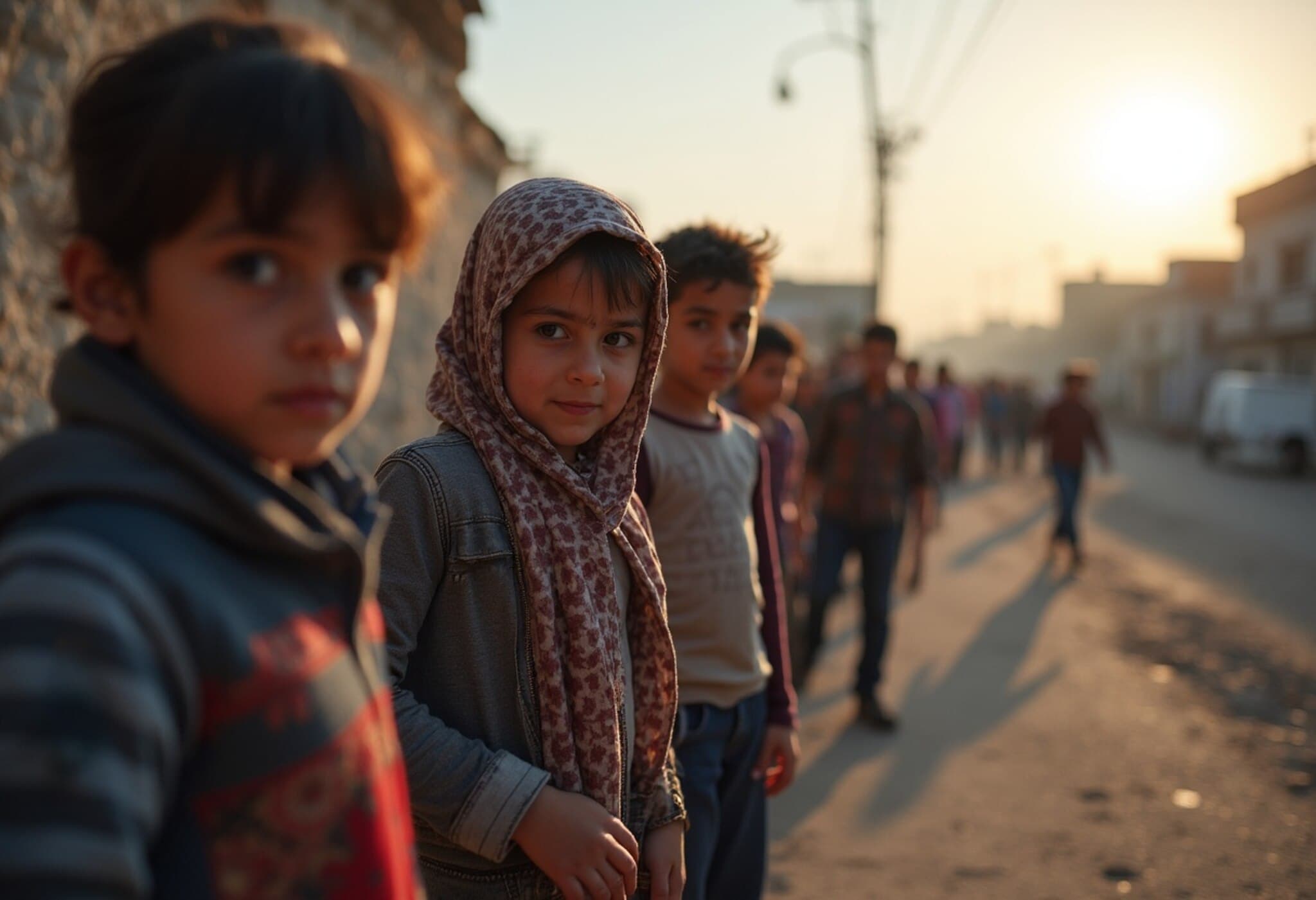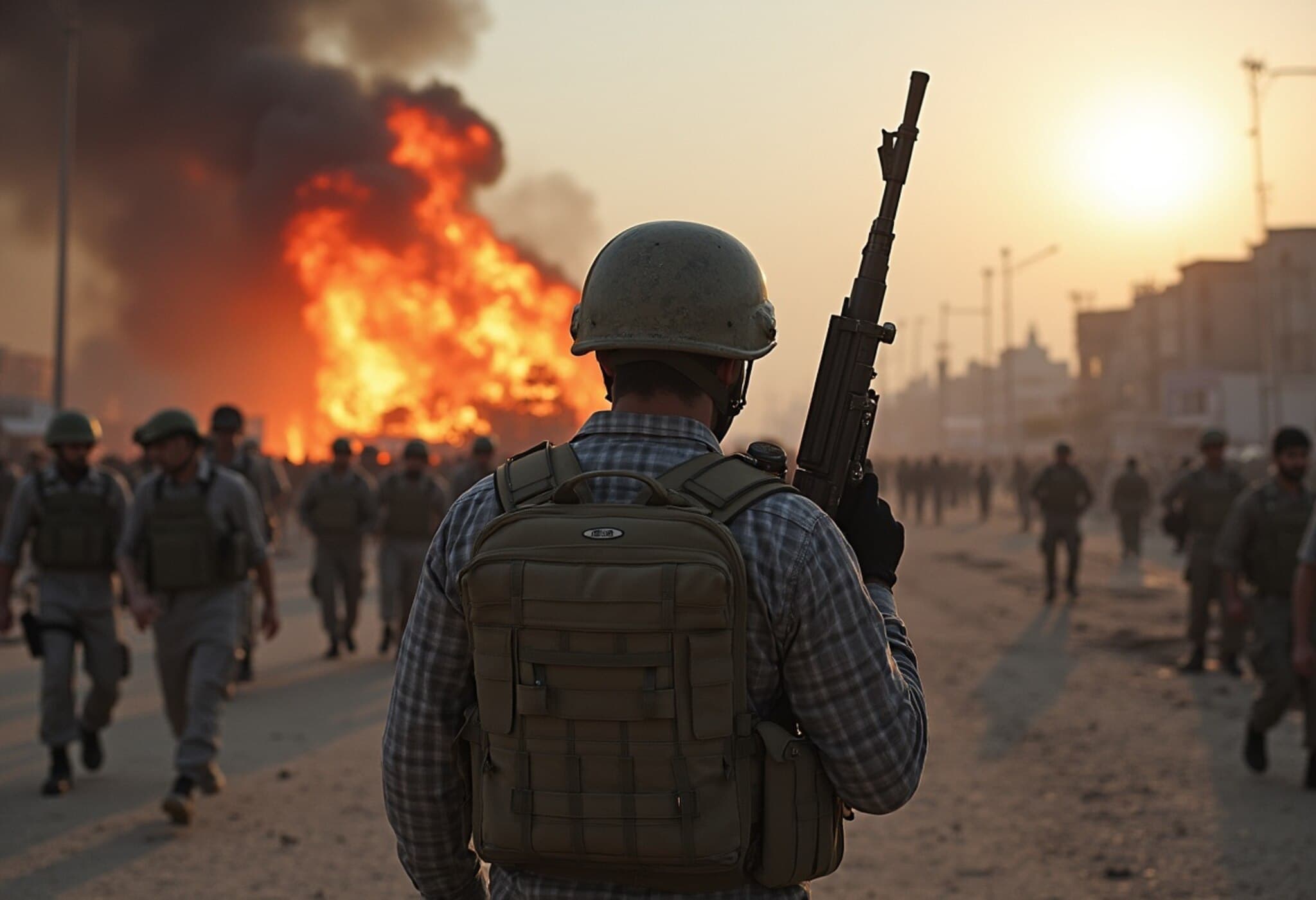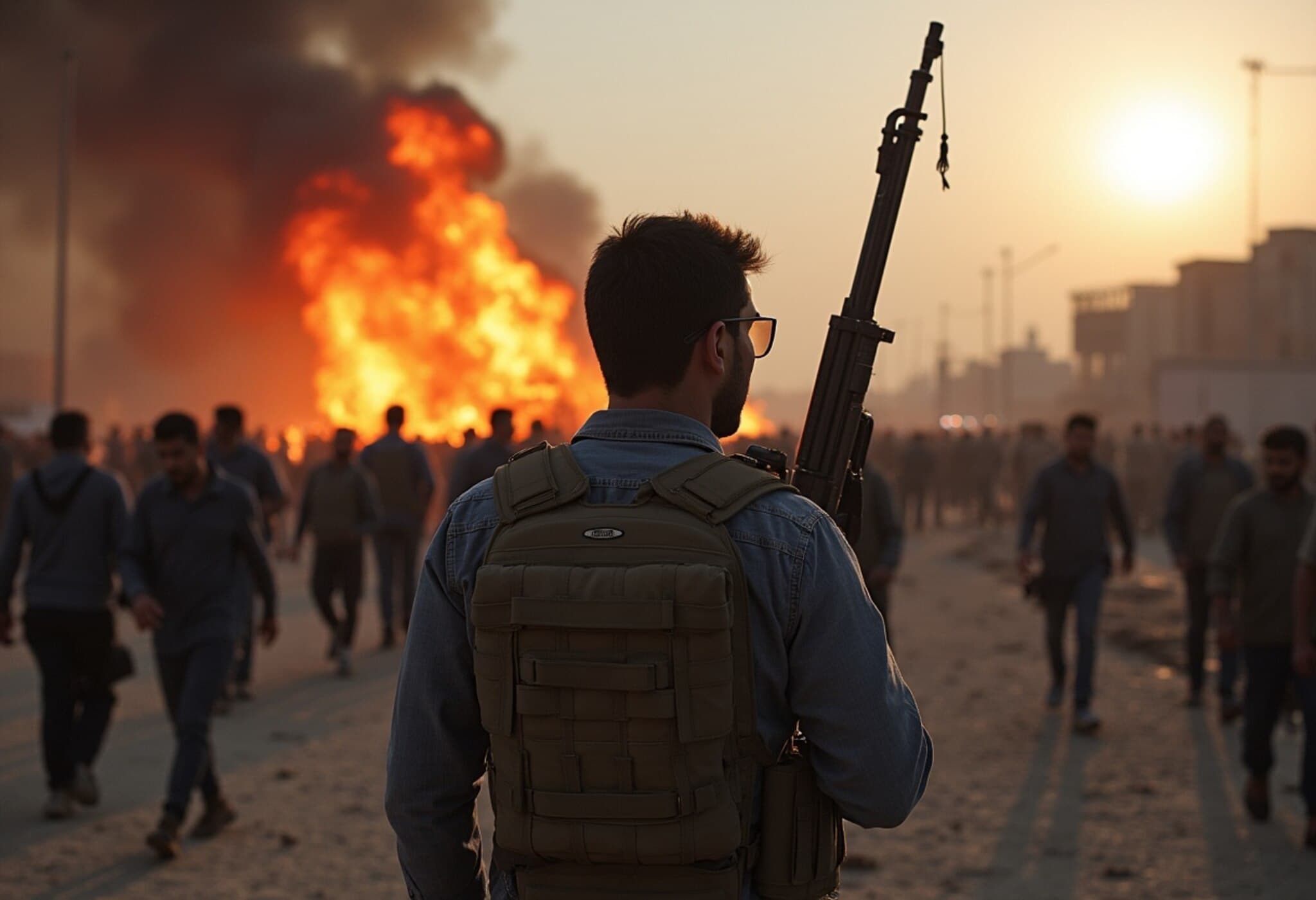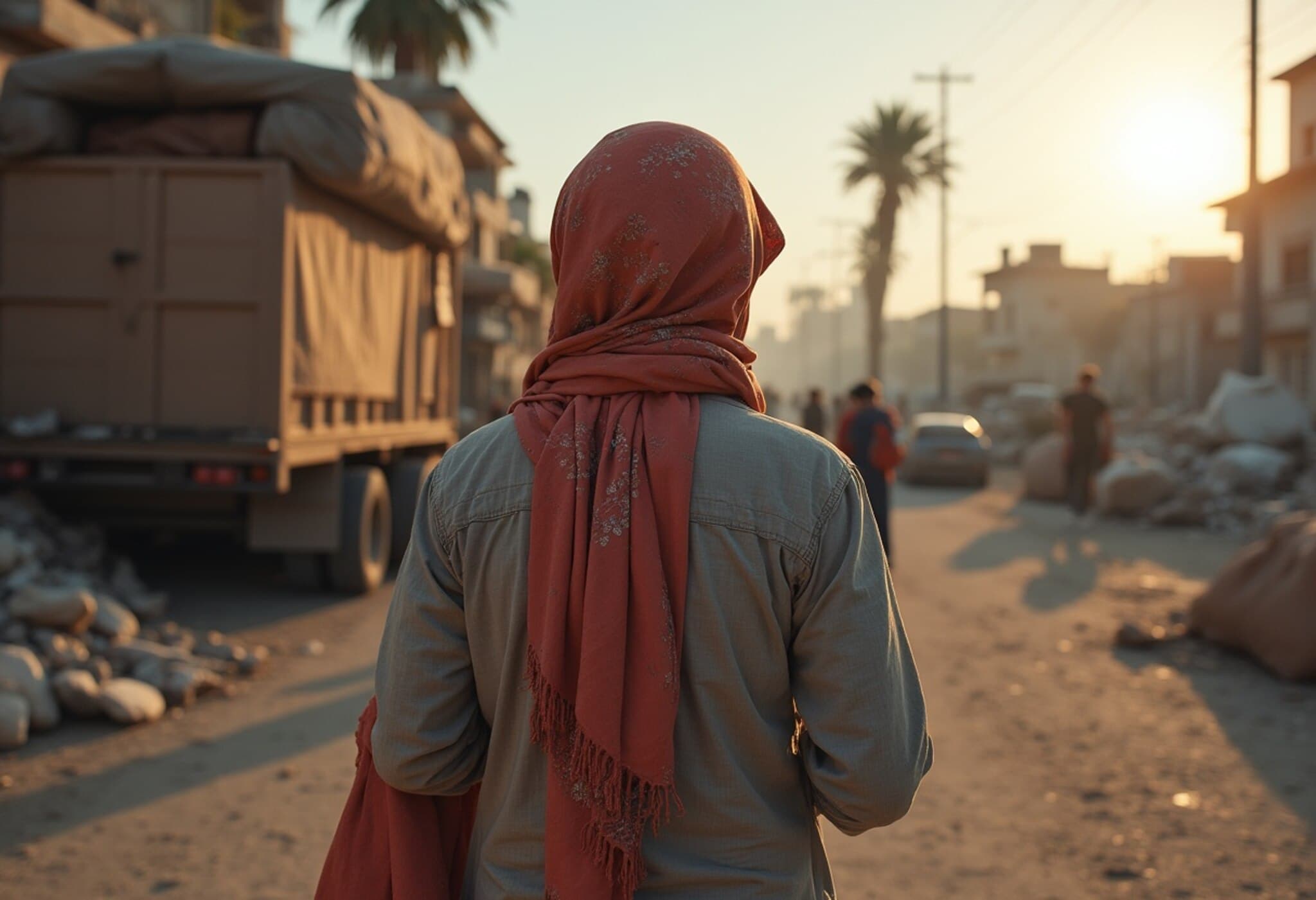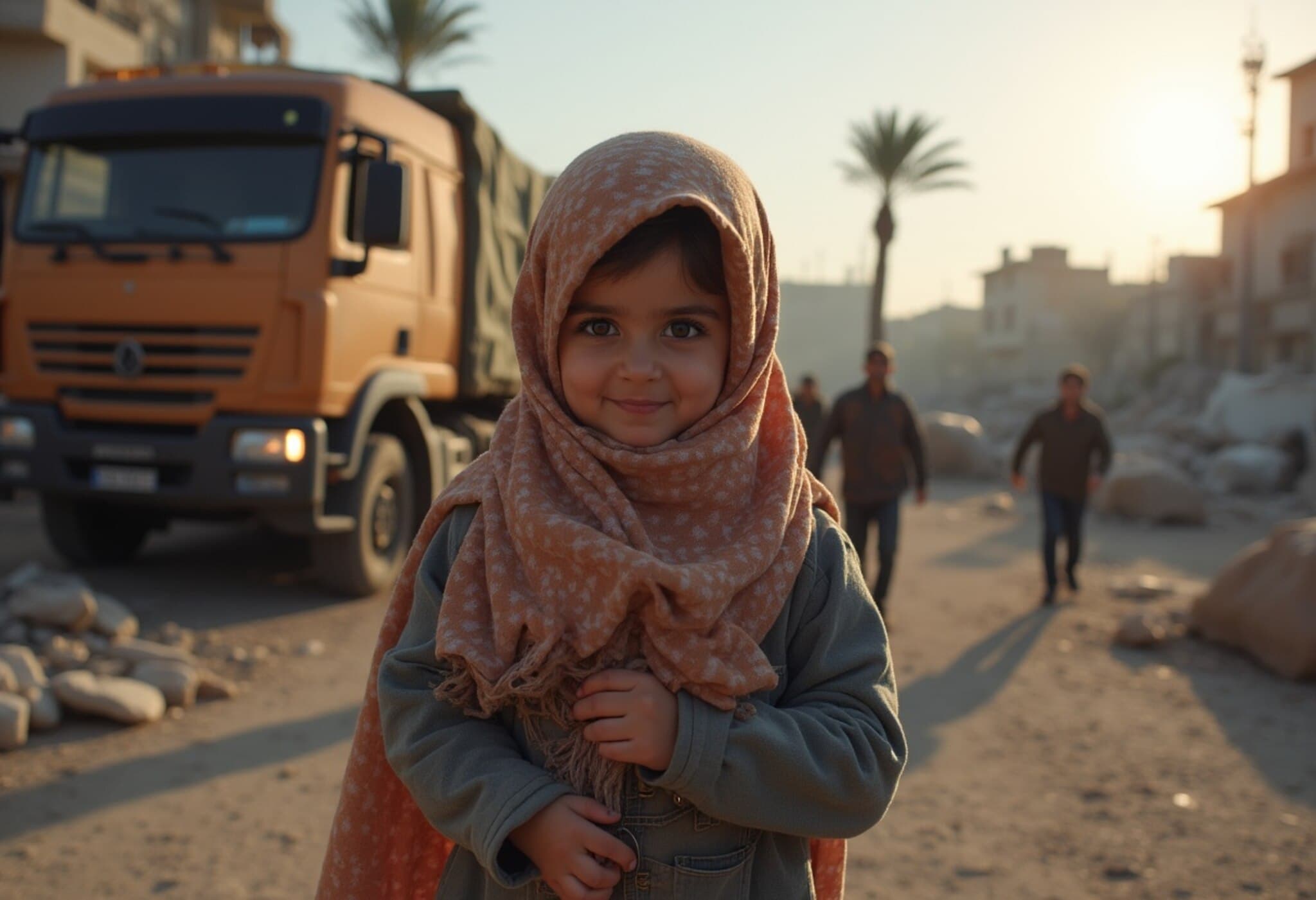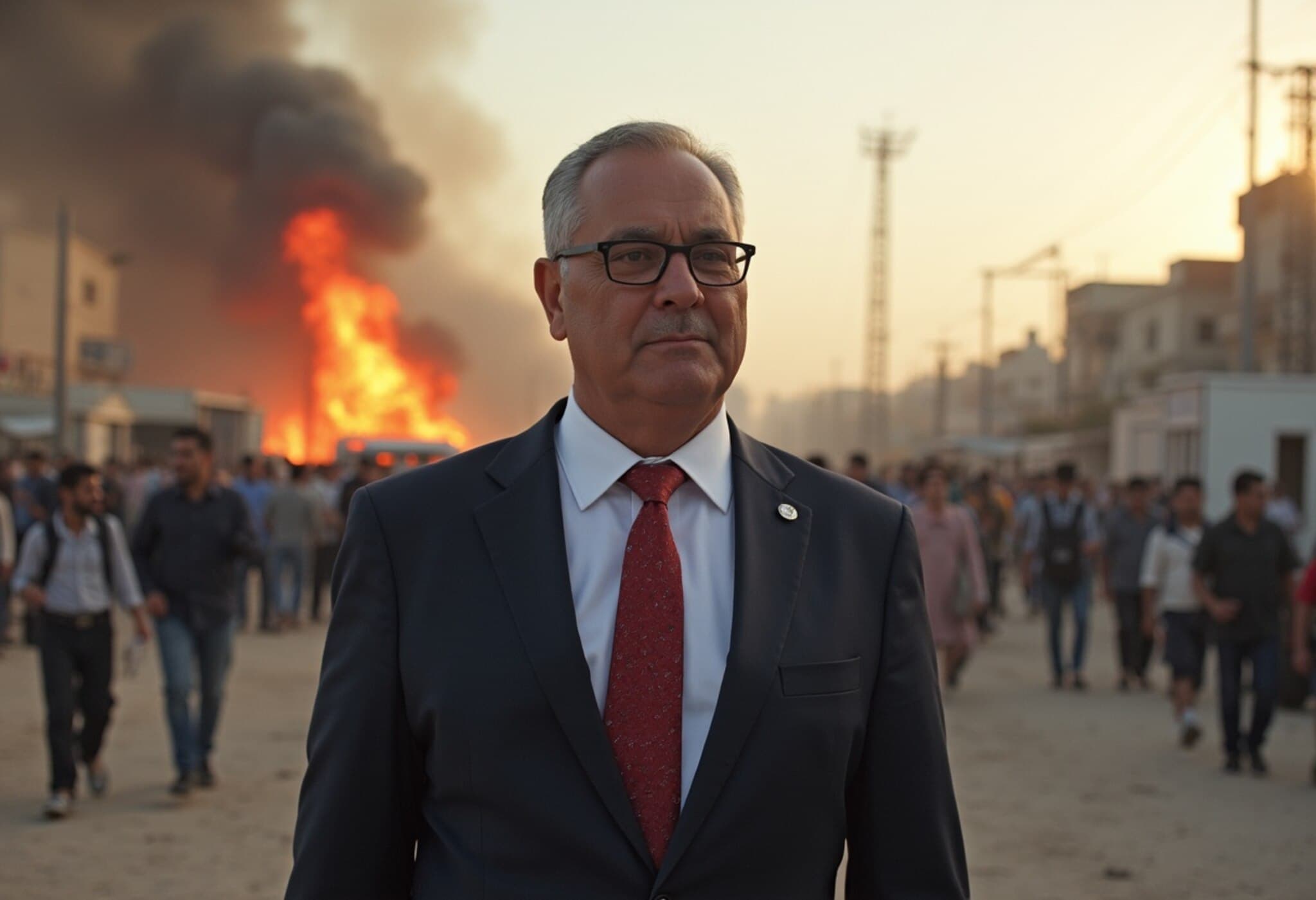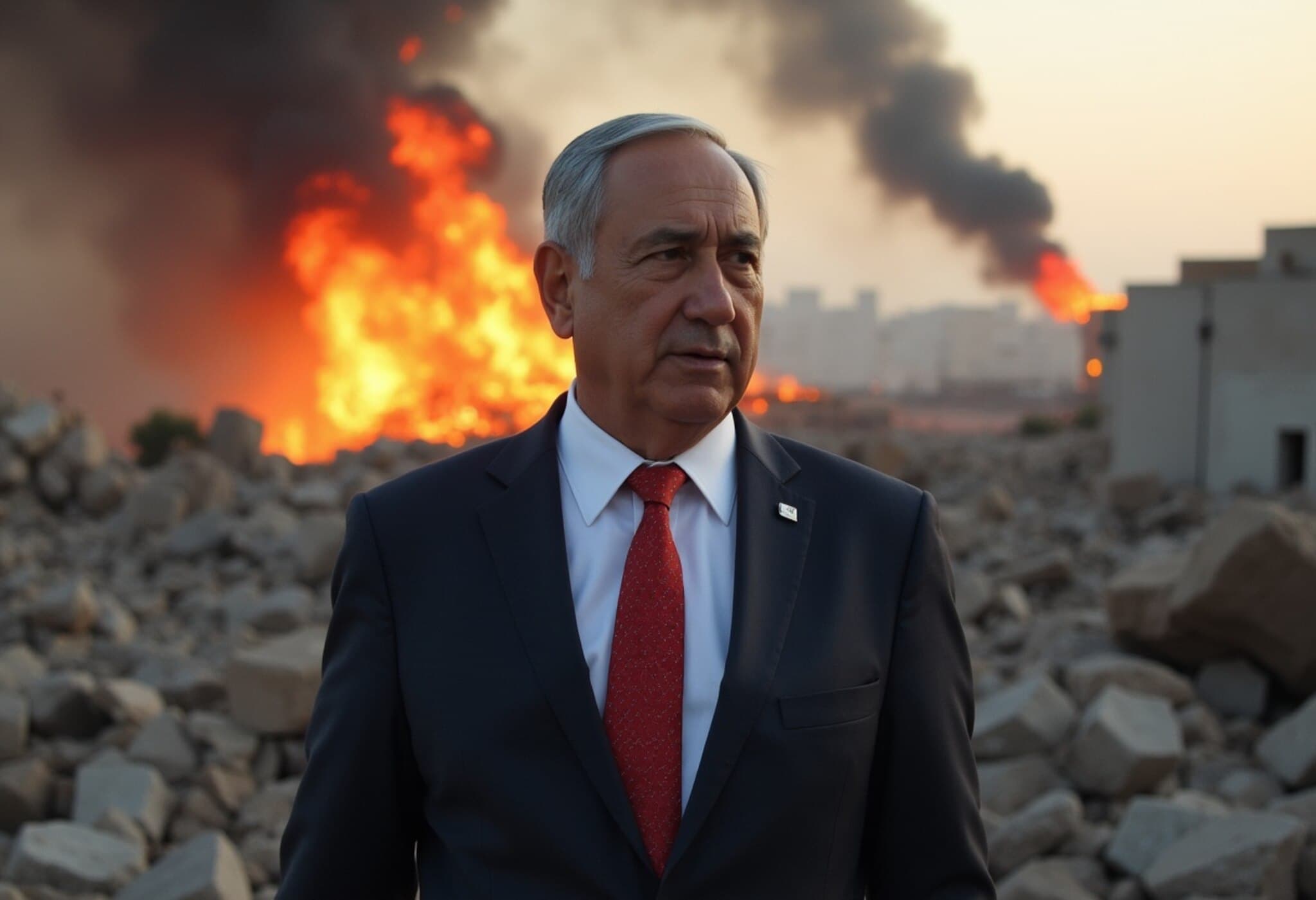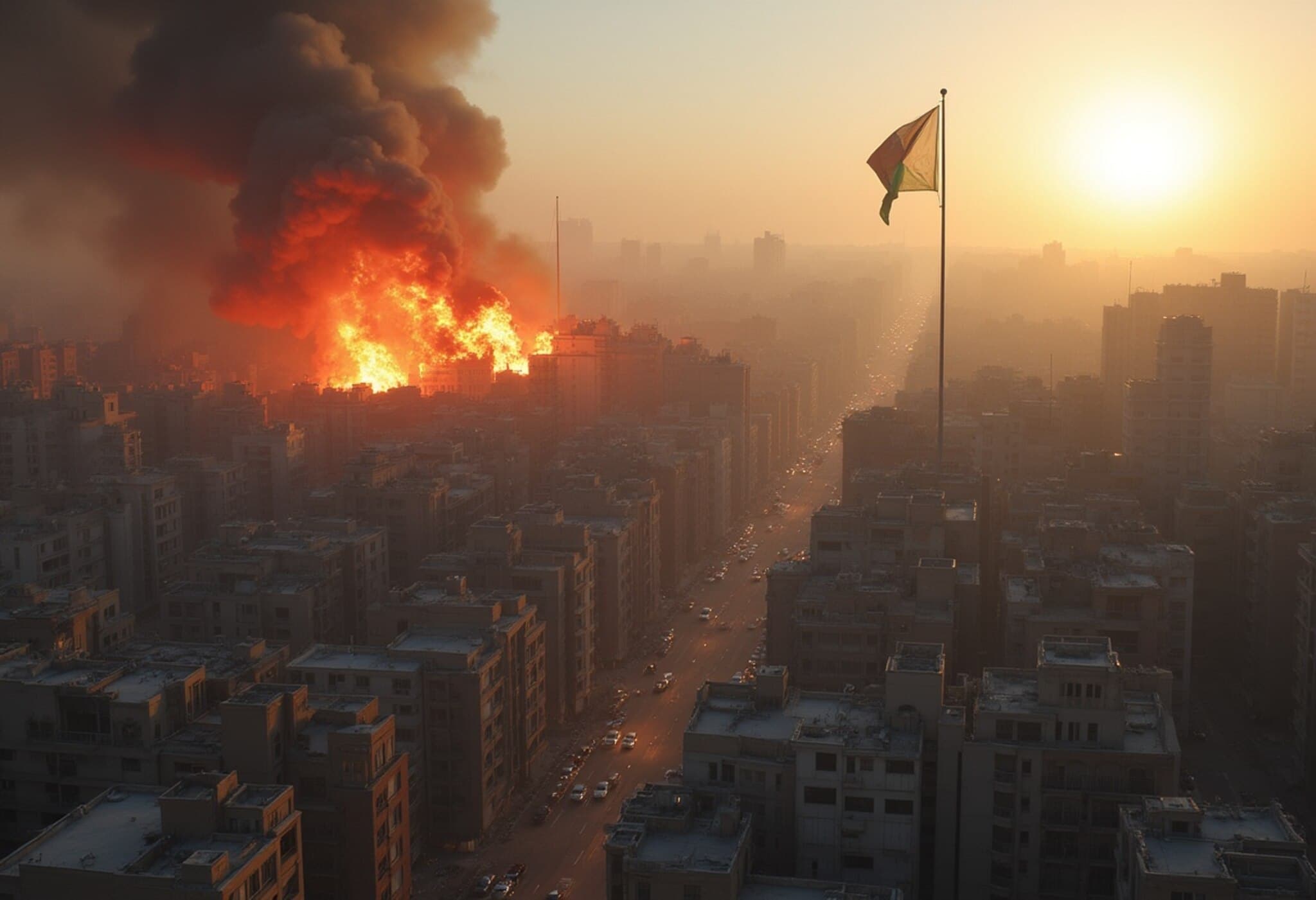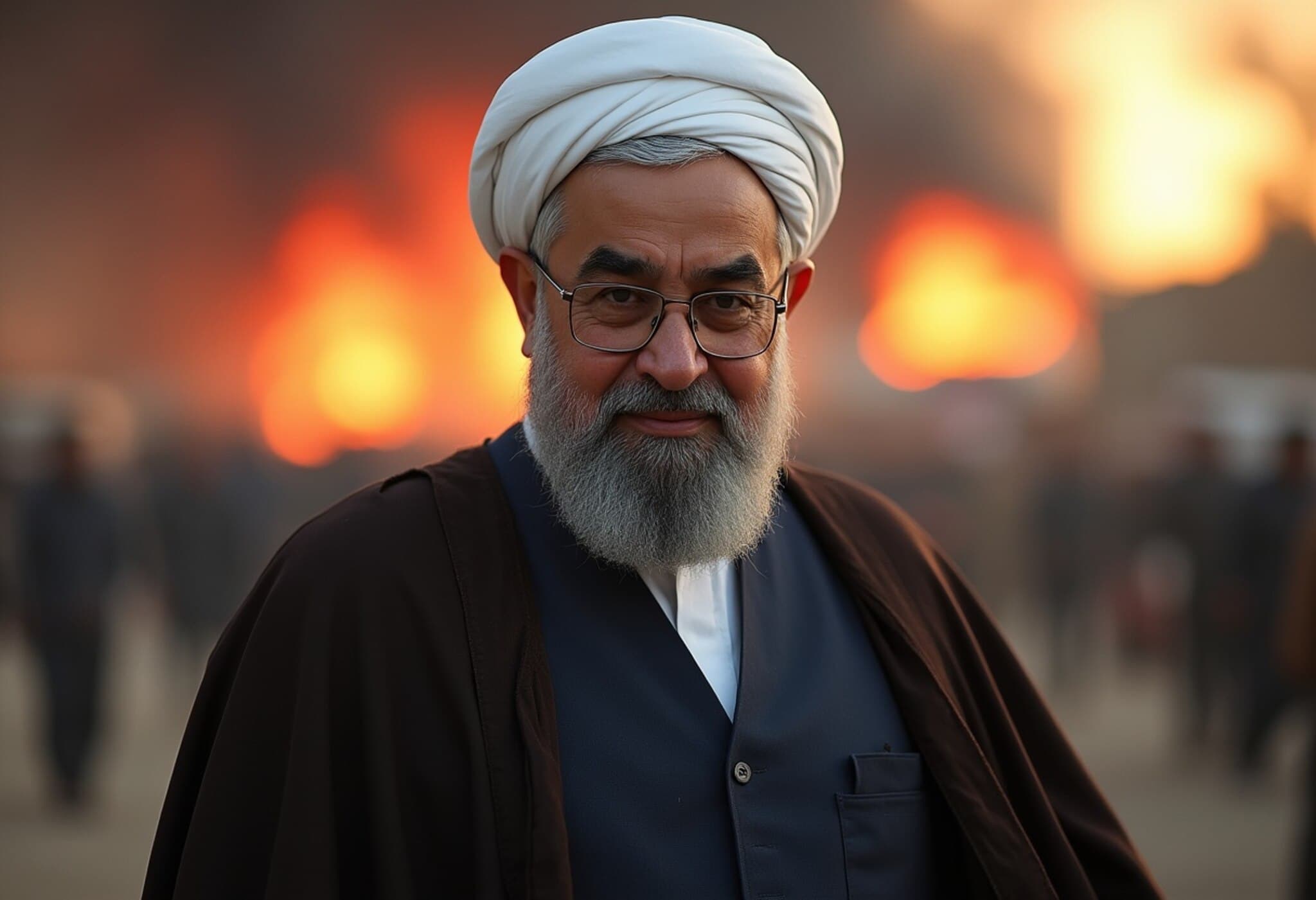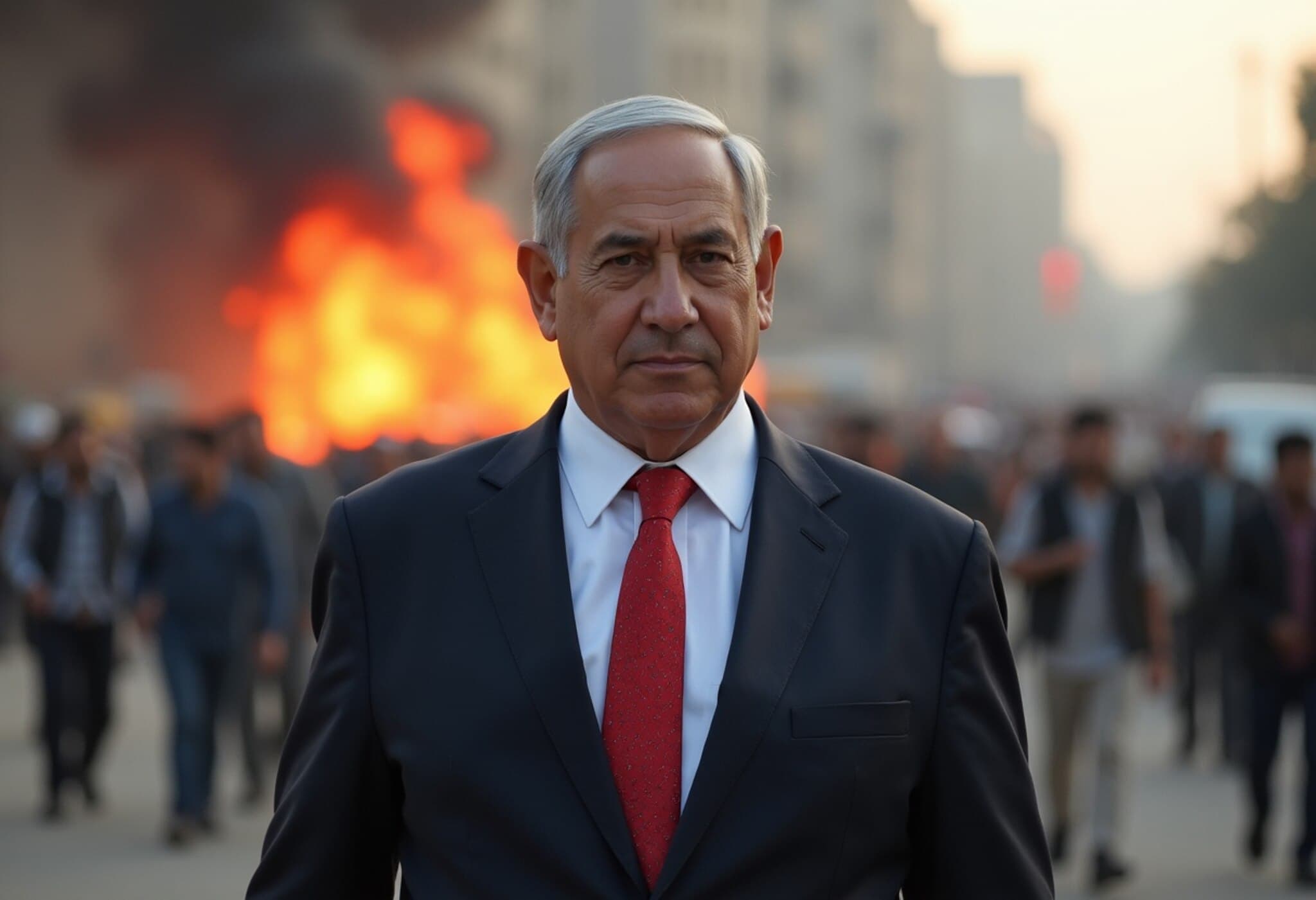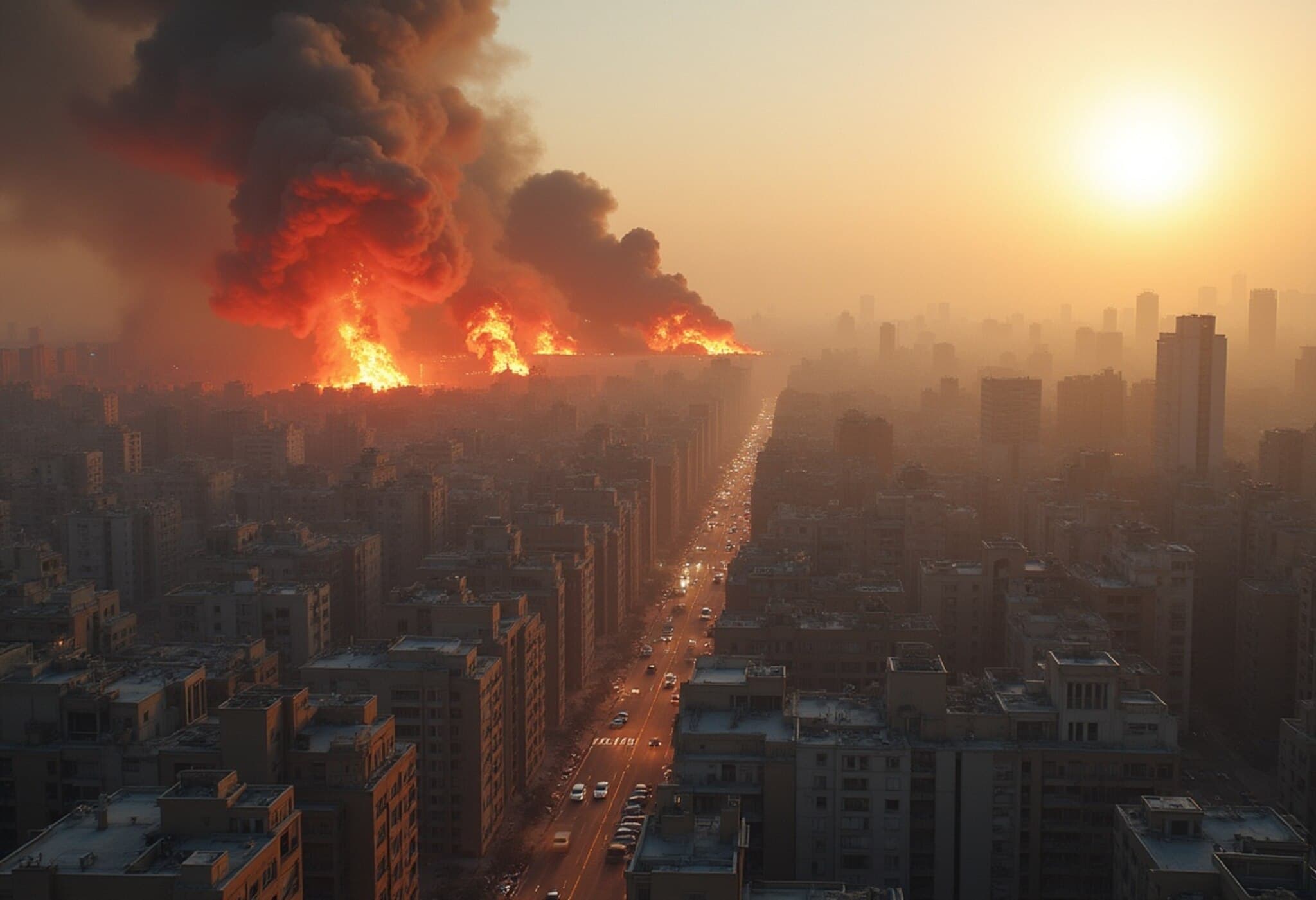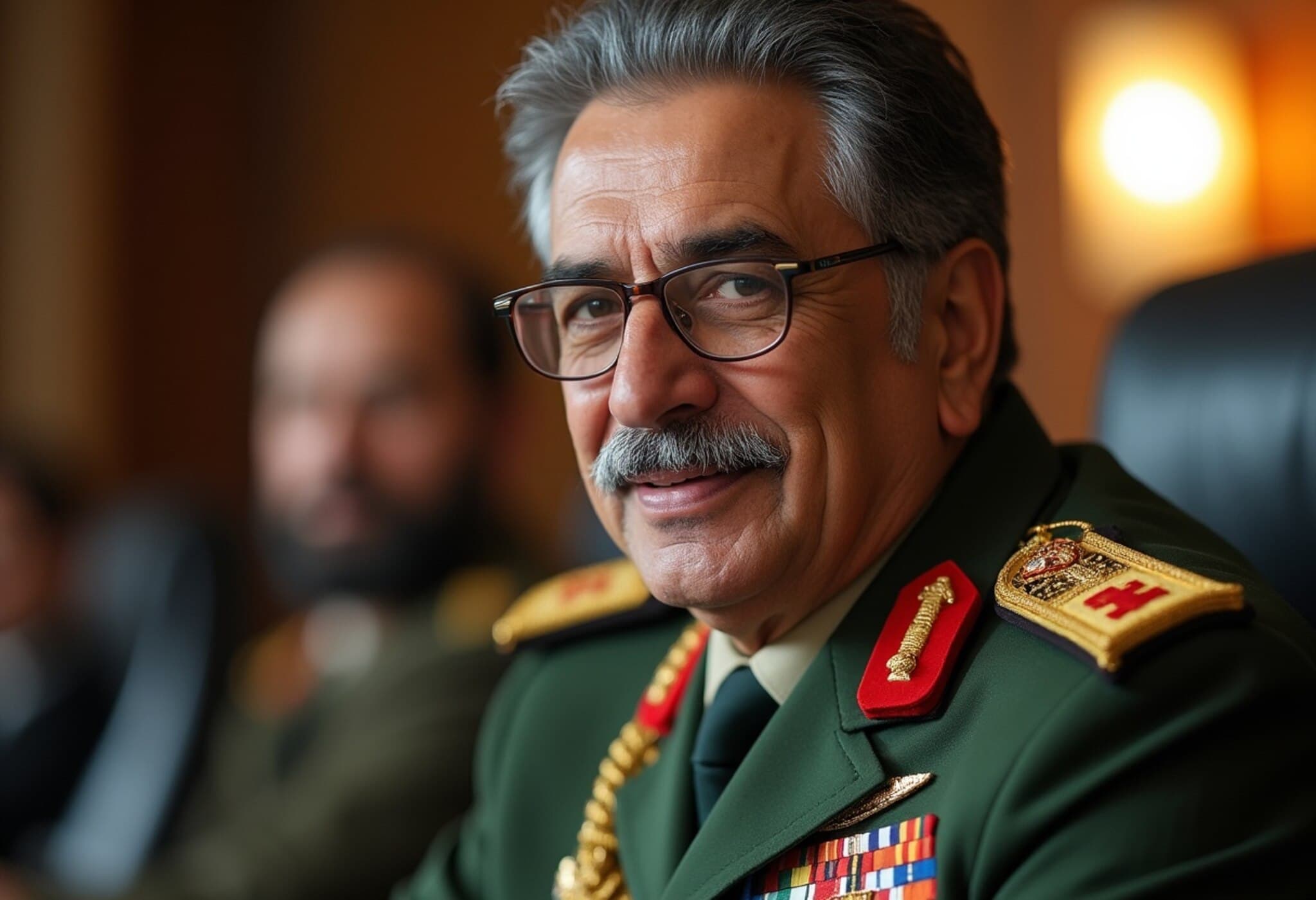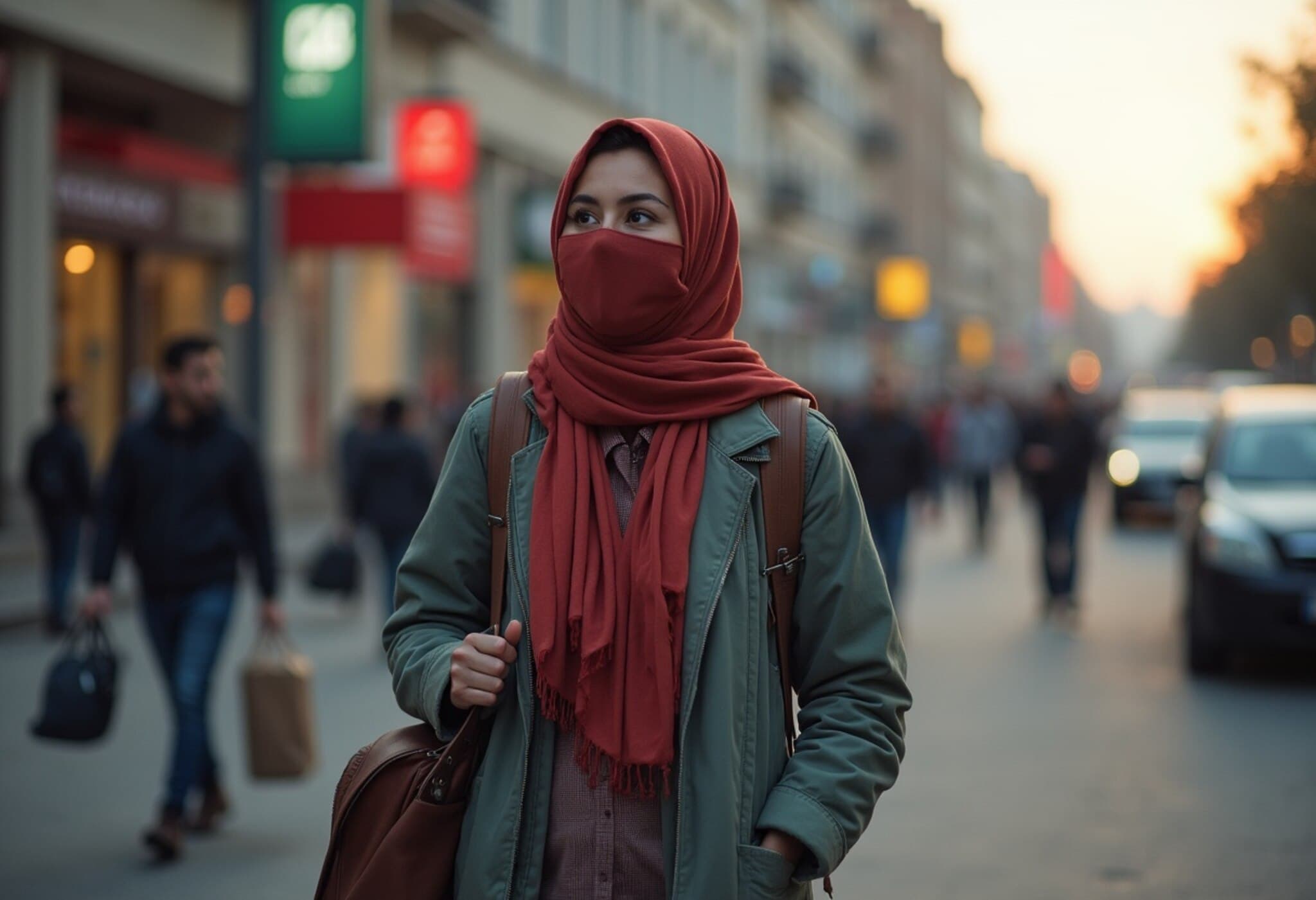Israel Initiates Plans to Relocate Gaza Civilians Ahead of New Offensive
In a significant development amid escalating conflict, Israel has announced plans to relocate residents of Gaza from northern combat zones to designated "safe zones" in southern Gaza. Starting Sunday, the Israeli military will begin distributing tents and other essential shelter supplies to Gaza civilians, marking a key preparatory step before its upcoming military offensive targeting northern Gaza City, the enclave's largest urban center.
Details of the Relocation Effort and Humanitarian Supplies
This initiative involves transporting shelter equipment, such as tents, via the Kerem Shalom crossing—a critical supply route between Israel and Gaza. These materials are slated to be delivered by the United Nations and partner international aid organizations after inspection by Israel’s defense officials. The move is intended to provide temporary refuge to civilians relocating from the anticipated combat zones.
Context: The Military Offensive and Its Impact
Last Sunday, Israeli Prime Minister Benjamin Netanyahu described northern Gaza City as Hamas’ “last stronghold” and underscored the necessity of evacuating civilians prior to intensified military actions. Gaza, home to approximately 2.2 million people, has endured years of conflict, blockades, and humanitarian crises, making any large-scale displacement deeply challenging.
This latest offensive plan has sparked widespread international concern. Humanitarian groups and the United Nations repeatedly warn that despite the proposed relocation, no area in Gaza—including the south—is genuinely safe from the dangers of ongoing hostilities, compounded by critical shortages of food, water, and medical supplies.
International Responses and Concerns
The UN Office for the Coordination of Humanitarian Affairs (OCHA) expressed cautious optimism regarding Israel allowing aid supplies but voiced serious apprehension about the forced relocations. A UN spokesperson emphasized that moving civilians amidst active conflict zones risks exacerbating already dire humanitarian conditions and could lead to further civilian suffering.
“Thousands of families, already enduring severe hardships, face new perils from displacement,” the spokesperson noted, highlighting the precarious nature of southern zones as temporary shelters.
Unanswered Questions and Broader Implications
- The Israeli military has not clarified whether tent distribution targets all northern Gaza City residents—estimated at around one million—or only those being relocated closer to the Egyptian border in Rafah.
- Concerns remain about the feasibility of truly securing "safe zones" in a densely populated and heavily militarized environment.
- The relocation plan underscores the pressing intersection of military objectives and urgent humanitarian needs, raising critical questions about protection of civilians under international law.
Expert Insight: The Challenge of Balancing Security and Humanity
This relocation effort spotlights the complex and often painful balancing act between Israel’s security imperatives and the protection of civilians under international humanitarian standards. Experts caution that moving large populations under such conditions risks violating the principles of proportionality and precaution, which are cornerstones of lawful armed conflict.
Moreover, the crisis in Gaza is not just a localized conflict but a bellwether for broader regional stability. The humanitarian fallout could reverberate beyond Gaza’s borders, further complicating diplomatic efforts to de-escalate tensions in the Middle East.
Looking Ahead
As the situation unfolds, the international community faces an urgent imperative to monitor developments closely, advocate for civilian protection, and facilitate humanitarian access. The coming days will reveal how effectively Israel’s relocation and aid distribution plans mitigate civilian harm amid ongoing military operations.
Editor’s Note
While Israel’s initiative to relocate Gaza’s civilians to southern safe zones appears intended to reduce harm, the efficacy and ethics of such relocations amid active conflict remain deeply contested. This situation raises enduring questions about the responsibilities of occupying powers under international humanitarian law, the role of humanitarian organizations in conflict zones, and the lived realities of displaced populations caught between security and survival.
Readers are encouraged to consider not only the unfolding military strategy but also the profound human cost and what comprehensive peace and support would need to look like for Gaza’s civilians.

